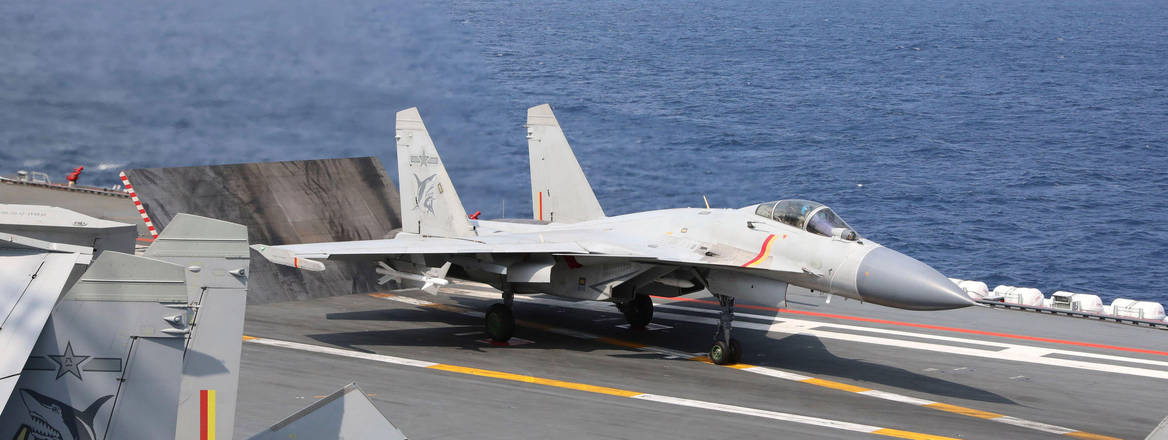The Impact of a Taiwan Strait Crisis on European Defence
This report examines which US capabilities will be most relevant in a potential Taiwan crisis, as well as which are of utility both in Europe and in a Taiwan contingency.
There is an emergent policy consensus within the US that the period from 2027 to the early 2030s represents one of acute danger for Taiwan. This view was captured by former Commander US Indo-Pacific Command Admiral Philip Davidson, who predicted that an invasion of Taiwan by China is possible by 2027, a view echoed by other senior figures.
If the US must commit substantial forces to deterrence or defence in the Indo- Pacific, this will have significant second-order effects within Europe. By the end of this decade, the partial reconstitution of Russian forces is likely, as is the growth of Russian capacity with respect to capabilities, such as nuclear submarines, which have not been impacted by the conflict in Ukraine.
This report examines which US capabilities will be most relevant in an Indo- Pacific contingency, as well as which capabilities among these are fungible – that is, of utility both in Europe and in a Taiwan contingency. Its purpose is to identify areas where gaps are most likely to emerge in Europe’s defensive posture as a consequence of the potential reallocation of US capabilities. Its major findings are that:
- To a large extent, the question of how an invasion of Taiwan might impact deterrence in Europe depends on US military strategy in the Indo-Pacific. A denial-orientated strategy creates far fewer gaps in a two-theatre posture than one that requires extensive strikes on the Chinese mainland, and is also likely to be more feasible militarily.
- The suppression of enemy air defences (SEAD) involves very different capabilities in the two regions, as the critical assets that China will need to defend its amphibious shipping will be defended by air and maritime platforms, rather than by ground-based transport erector launchers. Munitions such as the AARGM, which are optimised against elusive targets, can be allocated to European defence if policy allows for it and if European air forces are adequately prepared for SEAD, without undermining the US in Asia.
- Integrated air and missile defence represents an especially fungible capability, and one that will be heavily strained by a two-theatre scenario. This is, however, more true of systems that enable tactical ballistic missile defence (BMD) and defence against air-breathing threats than it is for upper tier systems that enable theatre-level BMD. Russia’s lack of capability in intermediate-range ballistic missiles or medium-range ballistic missiles, and the time it would take to develop and scale these, mean that the Russian and Chinese missile arsenals present different problem sets.
- Resilient C4ISR and the organisational capital to enable its employment are a concern across both theatres.
- While land forces are a less fungible capability, many of the enablers on which they depend, in terms of airlift and sealift as well as air defences, may be drawn on in the Pacific.
WRITTEN BY
Dr Sidharth Kaushal
Senior Research Fellow, Sea Power
Military Sciences
Juliana Suess
RUSI Associate Fellow, Military Sciences



